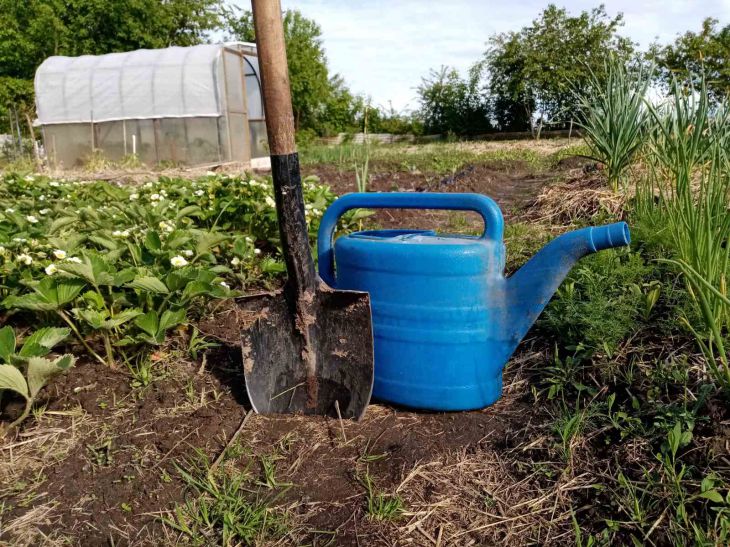A nematode is a microscopic organism from the group of roundworms that causes serious damage to garden crops. The pest affects the entire vascular system of plants, as it gets inside and disrupts its functioning.
As a result, plants develop poorly, produce a weak harvest and often get sick.
Strawberries are particularly susceptible to their activity, although other garden crops are also susceptible to attacks by this pest.
Getting rid of nematodes is very difficult, since they are worms and not insects like most pests.
To combat nematodes, it is recommended to carry out a set of measures, including mechanical soil treatment, heat treatment and chemicals. But none of the methods available to a modern gardener give a 100% result. Therefore, any methods of control cannot be ignored. And one of these methods is to treat the soil with sugar.

An unusual method of combating nematodes
Sugar is not capable of killing the nematode, but it can be used to create unfavorable conditions for the roundworm to exist.
Therefore, it, like other methods, should be used for preventive purposes. And if the pest has already taken over the beds, sugar will help get rid of it faster.
It will be necessary to sprinkle about 1 kg of sugar per 10 m. Microorganisms that feed on glucose will increase their activity, which will create unfavorable conditions for the life of nematodes.
Sugar is safe in the garden, as it is loved not only by microorganisms, but also by the plants themselves, because everyone needs carbohydrates. It is not for nothing that weak seedlings and indoor flowers are fed with sugar solution.
If you have a bed that is heavily infested with nematodes (usually a bed where strawberries were grown), there are several methods you can use to combat them. After the bushes are removed, the bed should be sprinkled with sugar to get the microorganisms going.
To enhance the effect, you can water the soil with any EM preparation containing beneficial microflora. Then sow plants in the bed that the roundworm does not like. The best option is marigolds. A mixture of flowers will also “work” well against the pest – marigolds, calendula, cosmos.
And in the next few years, you need to observe crop rotation and not plant crops that the nematode likes more than others on the infected bed. These are strawberries, potatoes, cucumbers, tomatoes, peppers, eggplants.








